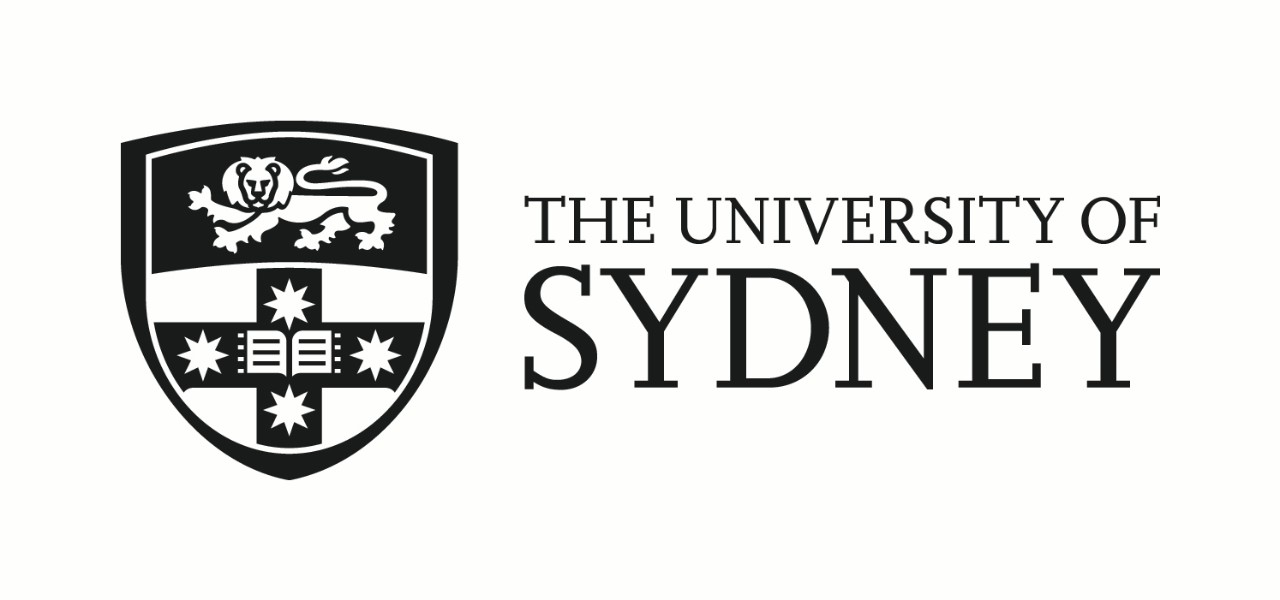
This article is sponsored by the University of Sydney. Authorised by Vice-Chancellor and President Prof. Mark Scott. Enquiries: 9351 2000; info.centre@sydney.edu.au
___________________________________________________________________
Captain a SpaceX Starship or an F-16 in a first-of-a-kind experience. The University of Sydney has acquired a 360-degree rotating cockpit simulator, allowing researchers and students to replicate the experience of piloting any aircraft from an A380 to a spaceship.
Located in the School of Aerospace, Mechanical and Mechatronic Engineering, the New Zealand-manufactured Eight360 NOVA Simulator will be used to conduct teaching and research. It is currently the only simulator of its kind at an Australian university.
It uses a virtual reality environment which allows students and researchers to see the cause and effect of theory and design on aircraft behaviour. It enhances learning and research by giving students real-world experiences in flight operations.
The simulator’s unlimited rotational axes permit complex movements like spinning and inverted flight, setting it apart from conventional flight simulators. It will allow researchers to better understand how aircraft and humans behave and perform in difficult conditions, as well as pilot and test vehicles they have designed.
It operates “untethered”, realised by a freely mobile ball resting on rollers powered by electric motors that enable precise ball positioning at varying speeds. As the pilot manipulates the controls, the ball adjusts its positioning to mimic the flight vehicle’s orientation and accelerations.
Associate Professor Nicholas Lawson, who joined the University in 2021 and leads Aircraft Performance and Operations, said that the simulator will expose students to the feeling of flight, so they can link theoretical areas of study, such as aircraft design and flight mechanics, to practice.
“These days, so much is done online. It’s vitally important that students gain practical experience, especially in an area like aerospace and aeronautics which is, of course, all about movement!” said Professor Lawson, who was a qualified flying instructor and previously worked as Chair of Aerodynamics and Airborne Measurement at Cranfield University, which is highly regarded globally, in the field of Aerospace Engineering.
Bachelor of Aerospace Engineering student, Kaylee Li, said the simulator had significantly contributed to her understanding of aerospace and space engineering.
“The highly immersive experience of piloting the simulator has been very rewarding. It is an excellent, hands-on complement to theoretical learning”, said Ms Li, who will this month travel to Azerbaijan for the International Astronautic Conference and Space Generation Congress as a student delegate, where she will present on the role of the next generation in the future of space.
The simulator also has the potential to be used for simulated space environments, including controlling crewed vehicles on planet surfaces. This area is being developed by Visiting Professor Gregory Chamitoff, a former NASA Astronaut.
DISCLOSURE:
The flight simulator was funded by the James N. Kirby Foundation and Provost and Deputy Vice-Chancellor’s CAPEX funding. Improvements to the Bennett Laboratory were funded by a donation from the William & Agnes Bennett Research Fund.





